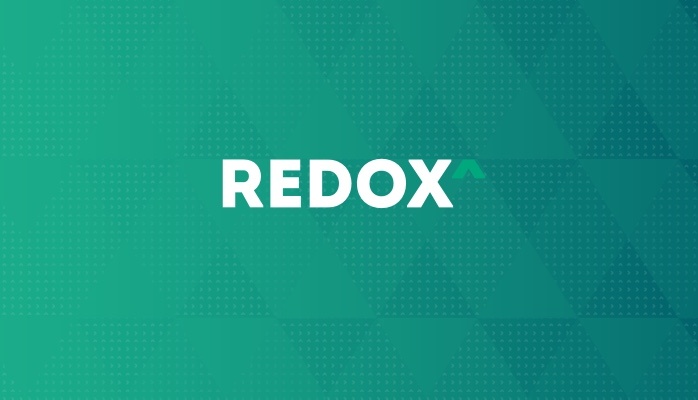
What You Should Know:
– Redox today announced a new rapid-deployment program that helps telehealth software vendors go live and integrate with healthcare organizations in less than two weeks – a process that typically takes 16-18 weeks.
– Telehealth as a virtual care model has been available for years, but only now is it taking center stage as the primary method to provide care in a world of social distancing. But deploying a telehealth solution at a healthcare organization is complex and can take months to install.
– Based on Redox’s experience integrating a variety of telemedicine providers across major EHRs and providers, it has identified the common threads and created a model to help telehealth software vendors deploy their service 90% faster in an integrated way with healthcare providers.
Redox, a Madison, WI-based interoperability platform for health data exchange, today announced theRedox Rapid Deployment Model for Telehealth. The program is designed for telehealth software vendors to get their solutions live and integrated with healthcare organizations within two weeks. This process typically takes 16-18 weeks.
Why Telehealth Adoption Is More Important Than Ever
In the world of social distancing, telehealth is a safe way to provide healthcare. For this to happen successfully, telehealth solutions must integrate with existing patient care systems like electronic health records (EHRs) and provide a great user experience to caregivers and patients. Now more than ever, a telehealth solution can’t fall short in any of these areas. As part of the CARES Act, Congress appropriated $200 million to the FCC to support healthcare providers’ use of telehealth services in combating the COVID-19 pandemic.
Deploy Fully Integrated Telehealth Solutions Faster with Redox
Rapid Redox standardizes healthcare data from any source and provides a single, easy-to-use API for exchanging this data with any telehealth software vendor, leading to the rapid deployment of integrated telehealth solutions. Through a single connection to Redox, healthcare organizations can take advantage of a suite of reusable interfaces that make exchanging data with authorized partners simple and secure. This reusable connection eliminates the redundant technical work that typically consumes time and money. When integrated properly, access to comprehensive, accurate information and ease-of-use results in higher adoption rates by healthcare organizations and patients at a time when offering virtual care solutions is imperative.
“Telehealth should be the first line of defense as we deal with the coronavirus pandemic,” said Elif Eracar, chief customer officer at Redox and former senior vice president of professional services and customer support, privacy officer at Amwell, a leading telehealth company. Telehealth as a virtual care model has been available for years, but only now is it taking center stage as the primary method to provide care. But deploying a telehealth solution at a healthcare organization is complex, as there are a variety of different options for customization. And it can take months to complete installation, as a majority of the time is spent on defining a detailed scope and the optimal way to share data. Based on our experience integrating a variety of telemedicine providers across major EHRs and providers, we’ve identified the common threads and created a model to help telehealth software vendors deploy their service 90% faster in an integrated way with healthcare providers.”
